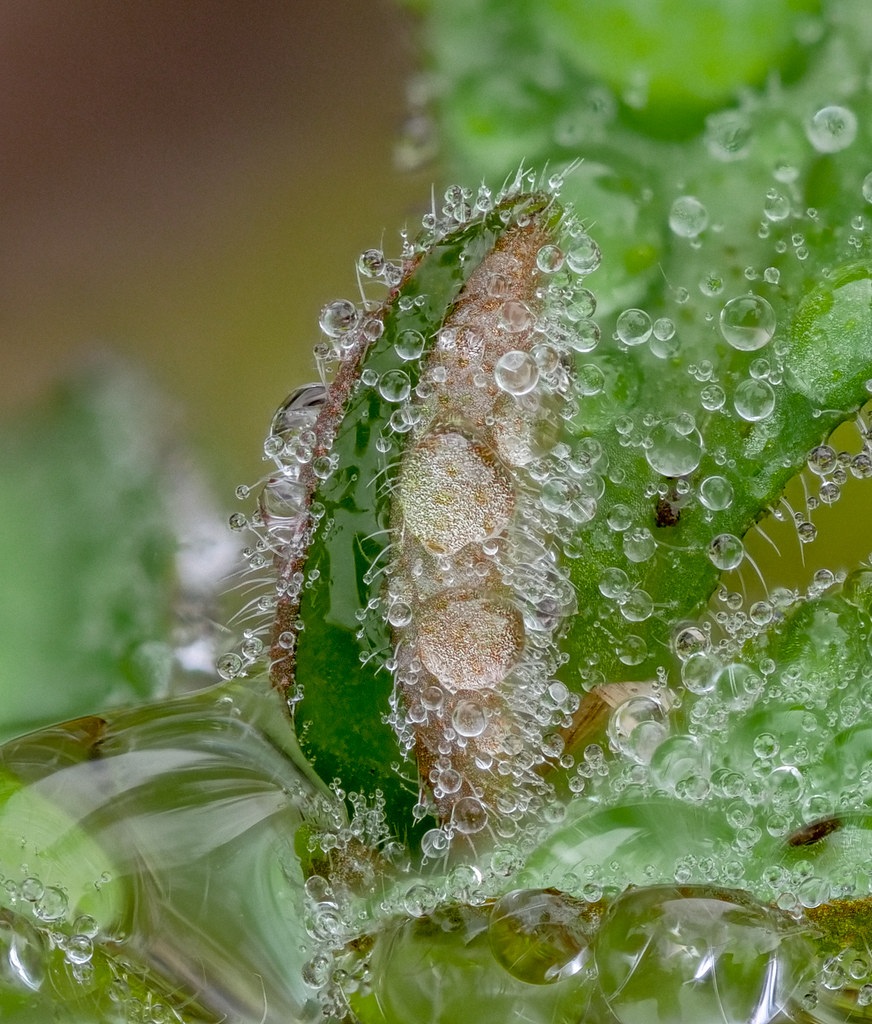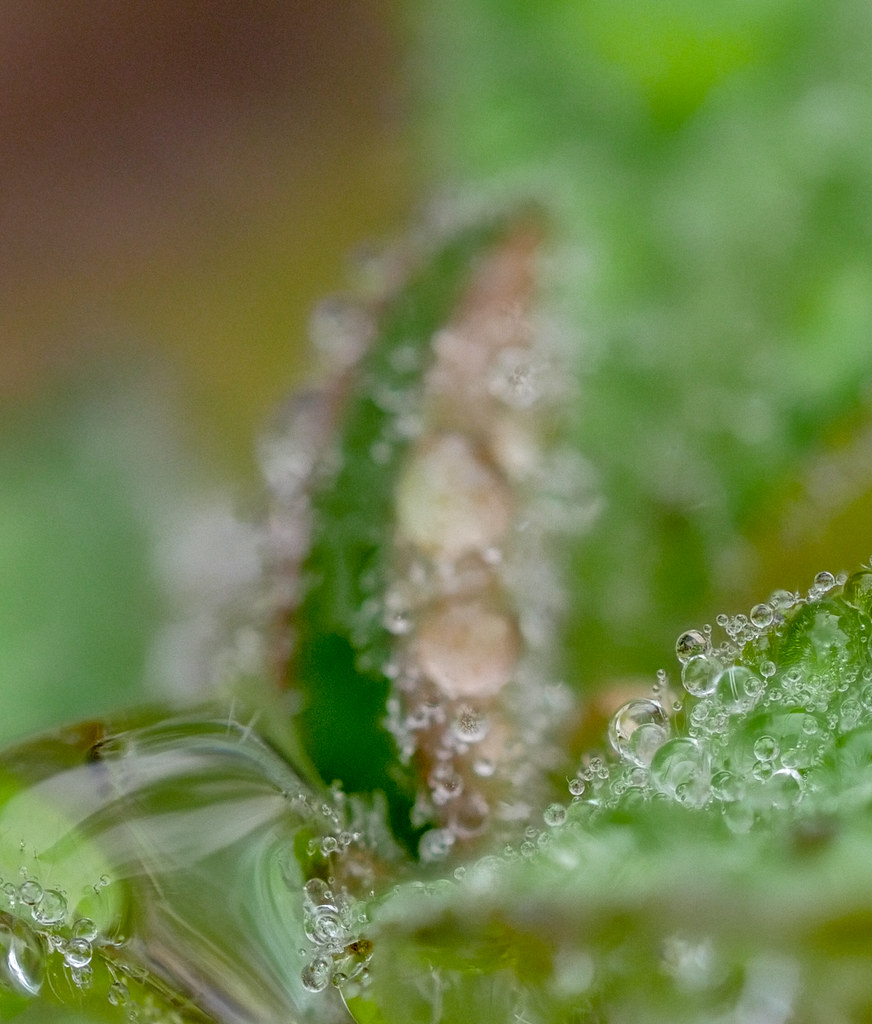- Messages
- 726
- Name
- Ade
- Edit My Images
- No
Been playing around with a bit of macro photography using and stacking rail. After several failed attempts finally came up with this one of a Common Tiger Beetle from Madagascar.
It consists of 104 images stacked in Helicon remote and Focus. Light seems to play a huge part in this type of photography and if it is not right the images just don't seem to work

It consists of 104 images stacked in Helicon remote and Focus. Light seems to play a huge part in this type of photography and if it is not right the images just don't seem to work




